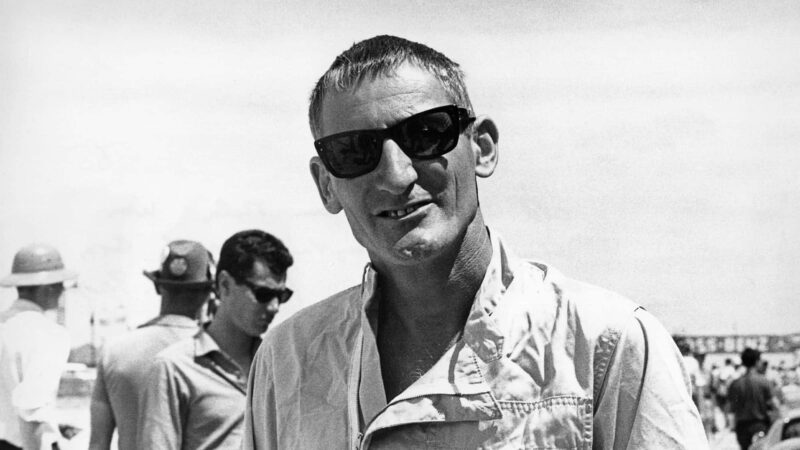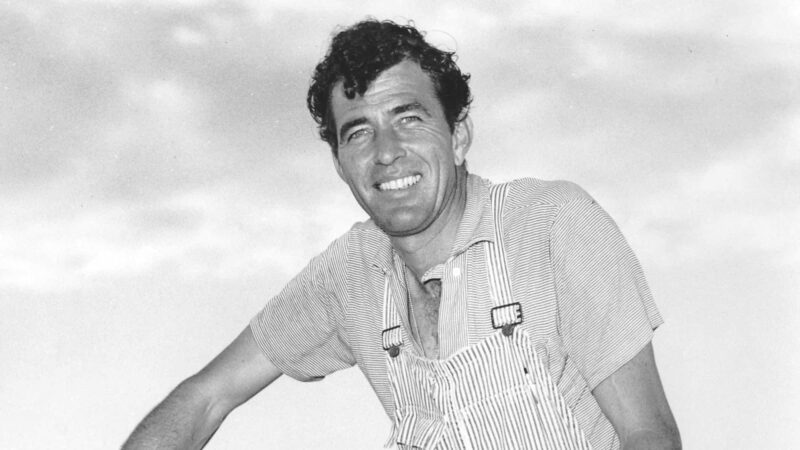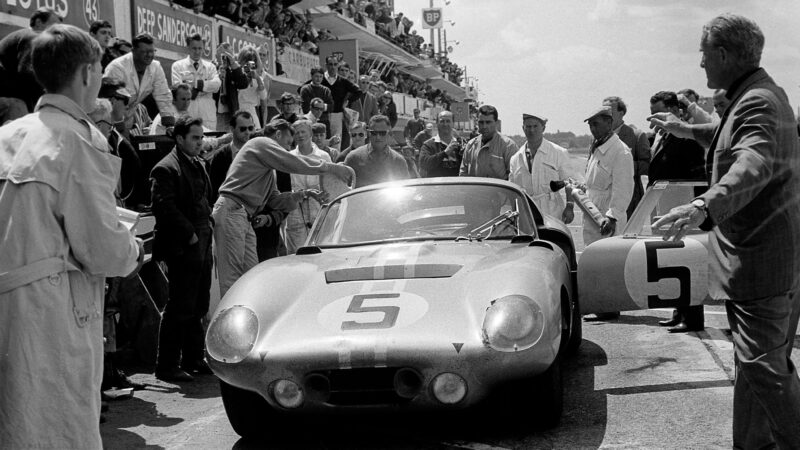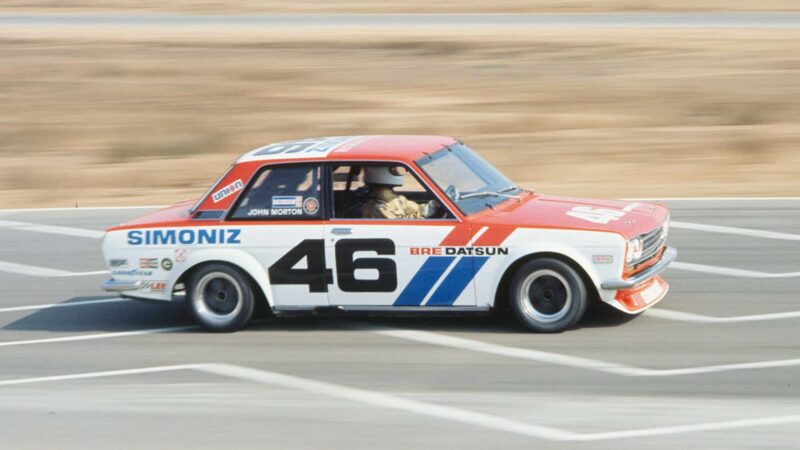Brock would later play an essential role at Shelby American as the designer of the Cobra Daytona Coupe, which trounced the Ferrari 250 GTO en route to winning the GT world championship in 1965. At the time, though, he was working for Max Balchowsky, the creator of Old Yeller, as he pursued his own fledging career as a race car driver.
Shelby had run some of his final races in Balchowsky’s surprisingly fast junkyard dog, and he’d befriended Brock while hanging out at the shop. So Brock happened to be at Riverside during Shelby’s comically disastrous meeting with O’Shea.
“Shelby turned to me and said, ‘I don’t have time to do this. Do you want to do it?’” Brock recalls with a laugh. “And I said, ‘You bet!’ because here was a chance to be on the race-track every day.”
At the time, Brock had a grand total of about seven races under his belt. Nevertheless, with Shelby’s blessing, he was anointed as America’s first official race car driving instructor, and he established the curriculum for the school without any input from, well, anybody.
“Shelby had nothing to do with it,” Brock says. “In the two years that I worked for the school, I think he came out maybe twice, for pictures.”
Promoted through an advert in Sports Car Graphic, the Carroll Shelby School of High Performance Driving prospered. Brock incorporated valuable driving and pedagogical tips from Cobra star Ken Miles into the instructional program. As attendance climbed, Brock also hired two additional instructors – John Timanus, who went on to become the SCCA’s technical director, and Bob Bondurant, who eventually bought the school and used it as the foundation of his own high-performance driving empire.

Pedagogical driving tips from Cobra star and Le Mans legend Ken Miles were included in the lessons
One of Brock’s first students was a bespectacled 20-year-old Midwesterner who, like Brock, had made a pilgrimage to Southern California in search of a life in motor sport. As it happened, John Morton already had plenty of experience racing go-karts and jalopies, but he didn’t have an appropriate car for the programme, so he agreed to pay a $500 premium to use one provided by the school.





